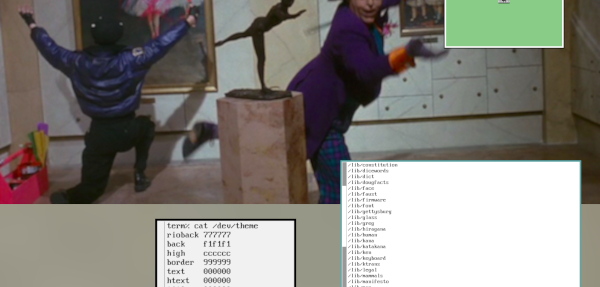

I personally think this is a better idea than an old laptop. Easier to work on if the fan or SSD ever dies, and the cooling is a little better than any cheaper laptops I have worked on. It also wouldn’t need to be a NUC, basically every PC company makes a SFF or 1L sized computer, I’m partial to the Lenovo but the Dell’s are pretty nice too. I have about 8 Lenovo that are used as mini servers between home and work, on 24/7




I recently tried it again on arch and had serious steam issues, any tips?